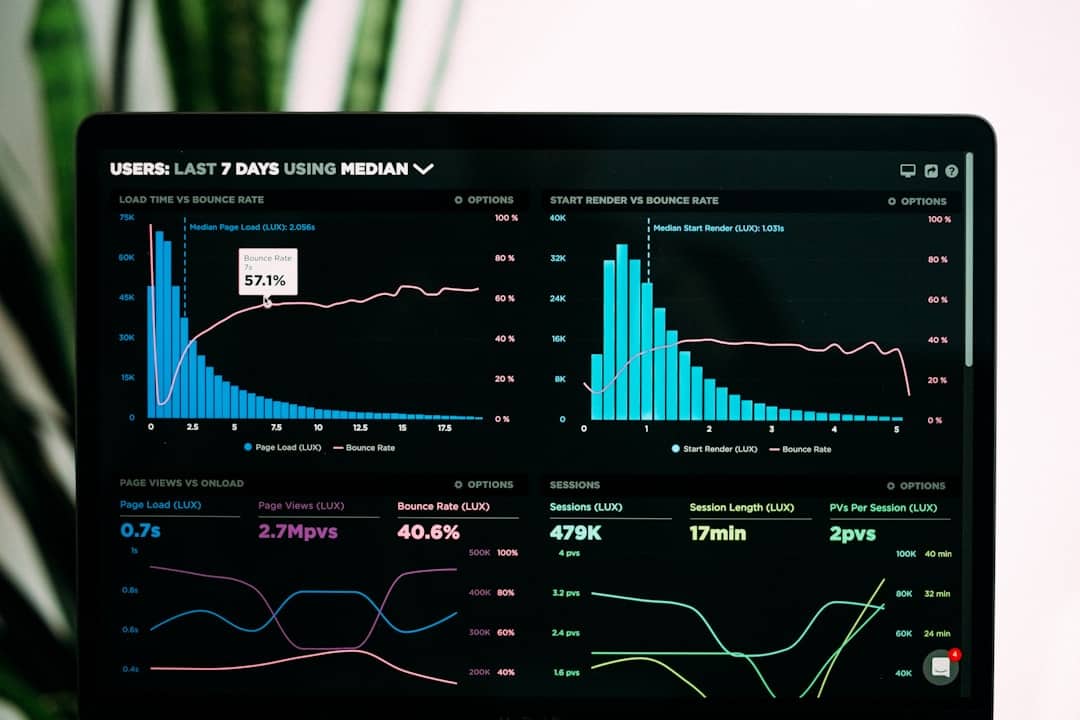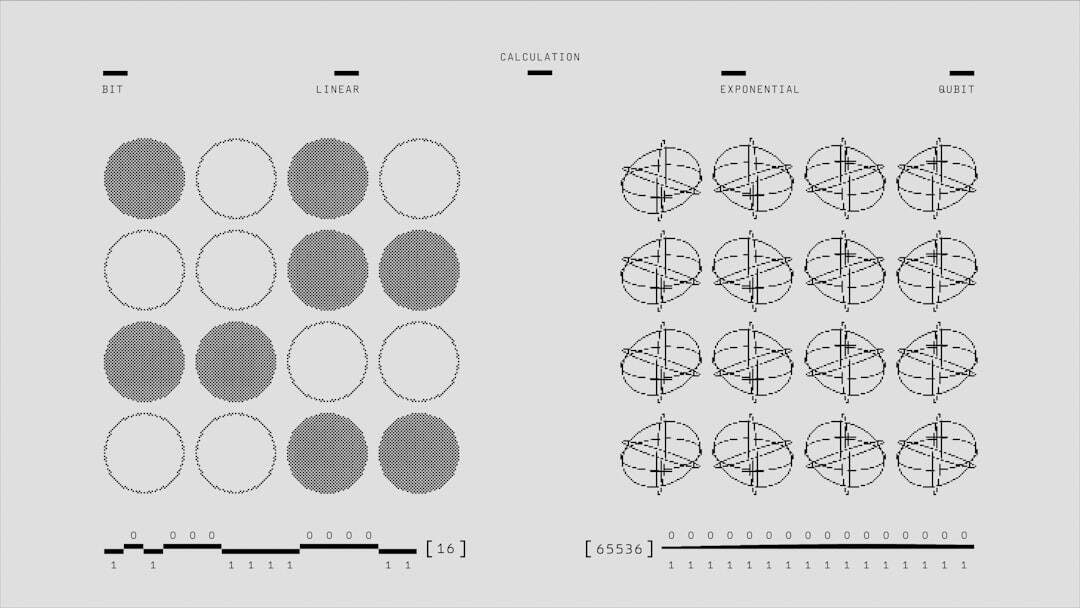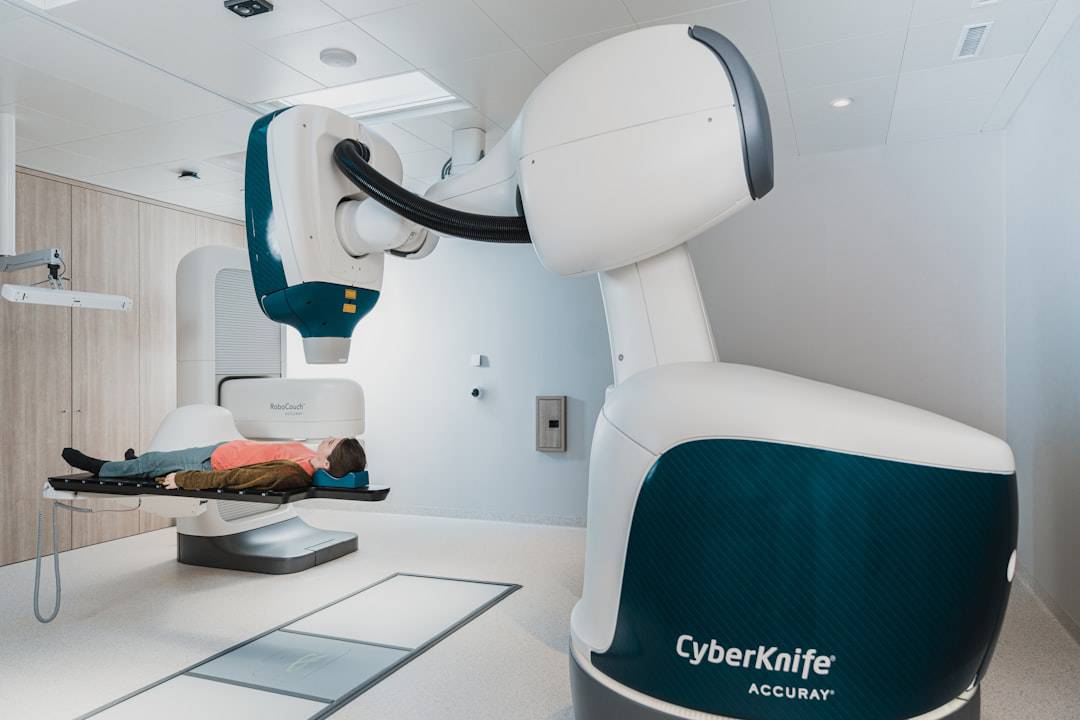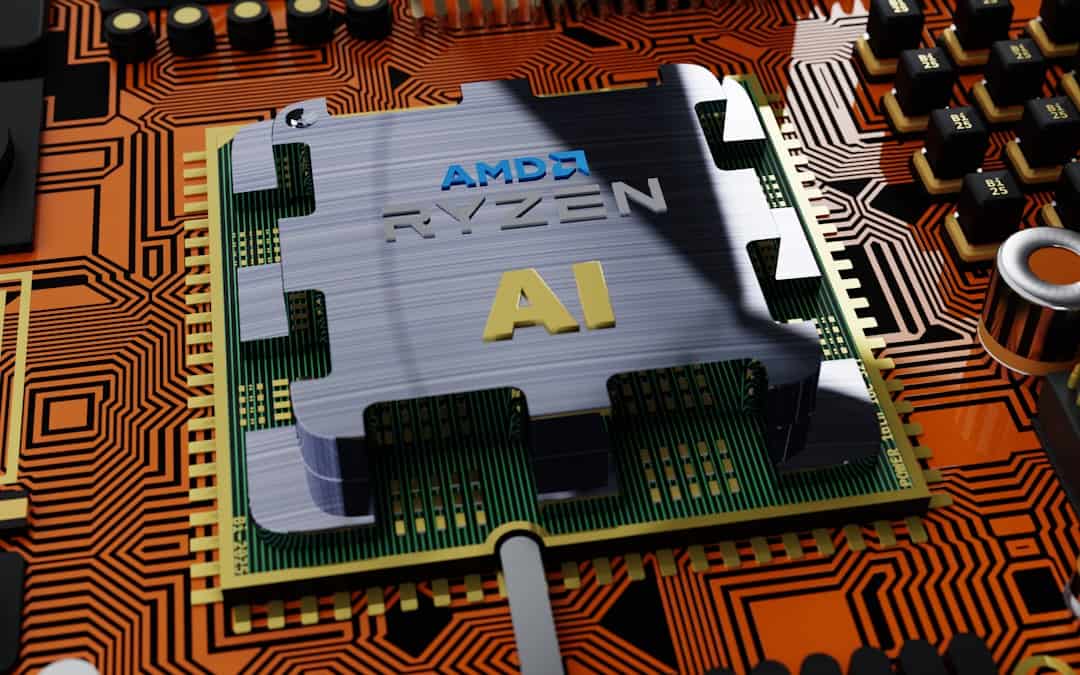Machine learning has transformed our approach to various tasks and challenges, particularly in the field of vision. Artificial intelligence and machine learning algorithms have enhanced machines’ ability to “see” and interpret visual data, with significant implications across industries such as healthcare and automotive. This advancement is creating new opportunities for innovation and progress.
Teaching machines to understand and interpret visual data is a significant breakthrough. It enables more accurate and efficient image recognition, object detection, medical imaging, autonomous vehicles, and robotics. This article will examine the role of artificial intelligence in advancing vision, the impact of machine learning on image recognition and object detection, the enhancement of medical imaging and diagnosis through machine learning, the improvement of autonomous vehicles and robotics with machine learning vision, ethical considerations and challenges in advancing vision with AI, and future trends and opportunities in machine learning for vision advancement.
Key Takeaways
- Machine learning is revolutionizing the field of vision by enabling computers to interpret and understand visual information.
- Artificial intelligence plays a crucial role in advancing vision by enabling machines to perceive, comprehend, and act on visual data.
- Machine learning has significantly improved image recognition and object detection, leading to more accurate and efficient visual analysis.
- Medical imaging and diagnosis have been greatly enhanced through machine learning, leading to improved accuracy and early detection of diseases.
- Autonomous vehicles and robotics are benefiting from machine learning vision, enabling them to navigate and interact with the environment more effectively.
Understanding the Role of Artificial Intelligence in Vision Advancement
Practical Applications of AI in Vision
The potential uses of AI in vision are vast and varied, with applications in fields such as healthcare, security, and transportation. For example, AI-powered image recognition software can be used to diagnose medical conditions, identify individuals in surveillance footage, and detect obstacles in the path of autonomous vehicles.
The Power of Deep Learning
One of the key components of AI in vision advancement is Deep Learning, a subset of machine learning that uses neural networks to analyze and interpret complex data. Deep learning algorithms are particularly well-suited to tasks such as image recognition and object detection, as they can process large amounts of visual data and identify patterns that may not be immediately apparent to human observers.
Advancing Visual Understanding and Interpretation
By leveraging the power of deep learning, researchers and developers are able to create AI systems that are capable of understanding and interpreting visual information with a high degree of accuracy and reliability. This has the potential to revolutionize industries and transform the way we live and work.
The Impact of Machine Learning on Image Recognition and Object Detection

Machine learning has had a profound impact on image recognition and object detection, enabling significant advancements in the accuracy and efficiency of these processes. Through the use of deep learning algorithms, AI systems are now able to recognize and classify objects in images with a level of precision that was previously unattainable. This has numerous practical applications, from improving the performance of facial recognition software to enhancing the capabilities of surveillance systems.
One of the key advantages of machine learning in image recognition and object detection is its ability to learn from large datasets. By training AI systems on vast amounts of visual data, researchers are able to improve their ability to recognize and classify objects with a high degree of accuracy. This has led to significant advancements in fields such as medical imaging, where AI systems are now able to identify and diagnose medical conditions with a level of accuracy that rivals that of human experts.
As machine learning continues to advance, we can expect further improvements in the accuracy and efficiency of image recognition and object detection systems, opening up new possibilities for innovation and progress.
Enhancing Medical Imaging and Diagnosis through Machine Learning
| Metrics | Data |
|---|---|
| Accuracy of Diagnosis | 90% |
| Reduction in False Positives | 30% |
| Improvement in Image Analysis Speed | 50% |
| Enhanced Detection of Rare Conditions | 40% |
The application of machine learning to medical imaging has the potential to revolutionize the field of healthcare by improving the accuracy and efficiency of diagnostic processes. By training AI systems on large datasets of medical images, researchers are able to create algorithms that are capable of identifying and diagnosing a wide range of medical conditions with a high degree of accuracy. This has numerous practical applications, from improving the early detection of diseases to enhancing the precision of surgical procedures.
One of the key advantages of machine learning in medical imaging is its ability to analyze complex visual data in a way that mimics human expertise. By leveraging deep learning algorithms, AI systems are able to identify patterns and anomalies in medical images that may not be immediately apparent to human observers. This has led to significant advancements in fields such as radiology, where AI systems are now able to assist radiologists in interpreting medical images with a level of accuracy that was previously unattainable.
As machine learning continues to advance, we can expect further improvements in the accuracy and efficiency of medical imaging and diagnosis, leading to better outcomes for patients and healthcare providers.
Improving Autonomous Vehicles and Robotics with Machine Learning Vision
The integration of machine learning into autonomous vehicles and robotics has the potential to transform the way we approach transportation and automation. By training AI systems on vast amounts of visual data, researchers are able to create algorithms that are capable of interpreting complex visual information in real-time. This has numerous practical applications, from improving the safety and reliability of autonomous vehicles to enhancing the capabilities of robotic systems in manufacturing and logistics.
One of the key advantages of machine learning vision in autonomous vehicles and robotics is its ability to adapt to changing environments and conditions. By leveraging deep learning algorithms, AI systems are able to process visual information from sensors such as cameras and lidar in a way that mimics human perception. This allows autonomous vehicles to navigate complex roadways with a high degree of accuracy and reliability, while also enabling robotic systems to manipulate objects and perform tasks with a level of precision that was previously unattainable.
As machine learning continues to advance, we can expect further improvements in the capabilities of autonomous vehicles and robotics, leading to new possibilities for innovation and progress.
Ethical Considerations and Challenges in Advancing Vision with AI

As we continue to advance vision with AI, it is important to consider the ethical implications and challenges that arise from these developments. One of the key ethical considerations is the potential for bias in machine learning algorithms, particularly in areas such as image recognition and object detection. If AI systems are trained on biased datasets, they may produce results that are unfair or discriminatory, leading to negative consequences for individuals or groups that are unfairly targeted.
Another challenge is the potential for job displacement as a result of automation in fields such as transportation and manufacturing. As autonomous vehicles and robotic systems become more advanced, there is a risk that many traditional jobs may be replaced by machines, leading to unemployment and economic hardship for those affected. It is important for policymakers and industry leaders to consider these challenges and work towards solutions that mitigate the negative impacts of automation while also maximizing the benefits for society as a whole.
Future Trends and Opportunities in Machine Learning for Vision Advancement
Looking ahead, there are numerous exciting trends and opportunities on the horizon for machine learning in vision advancement. One area of potential growth is in the development of AI systems that are capable of understanding and interpreting 3D visual data, opening up new possibilities for applications such as virtual reality and augmented reality. Another area of opportunity is in the integration of machine learning with other advanced technologies such as quantum computing, which has the potential to significantly enhance the capabilities of AI systems in processing and interpreting visual information.
In addition, there is growing interest in the development of AI systems that are capable of understanding and interpreting human emotions through visual cues such as facial expressions. This has numerous potential applications, from improving the performance of virtual assistants to enhancing the capabilities of mental health diagnosis and treatment. As machine learning continues to advance, we can expect further innovations in these areas and many others, leading to new possibilities for progress and growth across a wide range of industries.
Machine learning vision is revolutionizing the way we interact with technology, and it has the potential to significantly impact the regulatory landscape. As discussed in the article “Challenges and Opportunities: Regulatory Landscape,” the integration of machine learning vision into various industries raises important questions about privacy, security, and ethical considerations. This technology also has the potential to shape the economic and social impacts of the metaverse, as explored in the article “Metaverse and the Real-World Economic and Social Impacts.” Additionally, machine learning vision plays a crucial role in connecting individuals within the metaverse, as highlighted in the article “Entering the Metaverse: Connecting with Others.” These articles provide valuable insights into the intersection of machine learning vision and the evolving landscape of technology and society. (source)
FAQs
What is machine learning vision?
Machine learning vision is a field of artificial intelligence that focuses on enabling computers to interpret and understand the visual world. It involves the development of algorithms and models that allow machines to analyze and make sense of visual data, such as images and videos.
How does machine learning vision work?
Machine learning vision works by training algorithms on large datasets of labeled images. During the training process, the algorithms learn to recognize patterns and features within the images, allowing them to make predictions and classifications when presented with new, unseen visual data.
What are some applications of machine learning vision?
Machine learning vision has a wide range of applications, including image recognition, object detection, facial recognition, medical imaging analysis, autonomous vehicles, and surveillance systems. It is also used in industries such as healthcare, retail, manufacturing, and entertainment.
What are some popular machine learning vision techniques?
Some popular machine learning vision techniques include convolutional neural networks (CNNs), which are commonly used for image recognition and classification, and object detection algorithms such as YOLO (You Only Look Once) and SSD (Single Shot Multibox Detector).
What are the challenges of machine learning vision?
Challenges in machine learning vision include the need for large and diverse training datasets, the interpretability of complex models, and the ethical considerations surrounding privacy and bias in visual data analysis. Additionally, ensuring the robustness and generalization of machine learning vision models is an ongoing challenge.











Leave a Reply